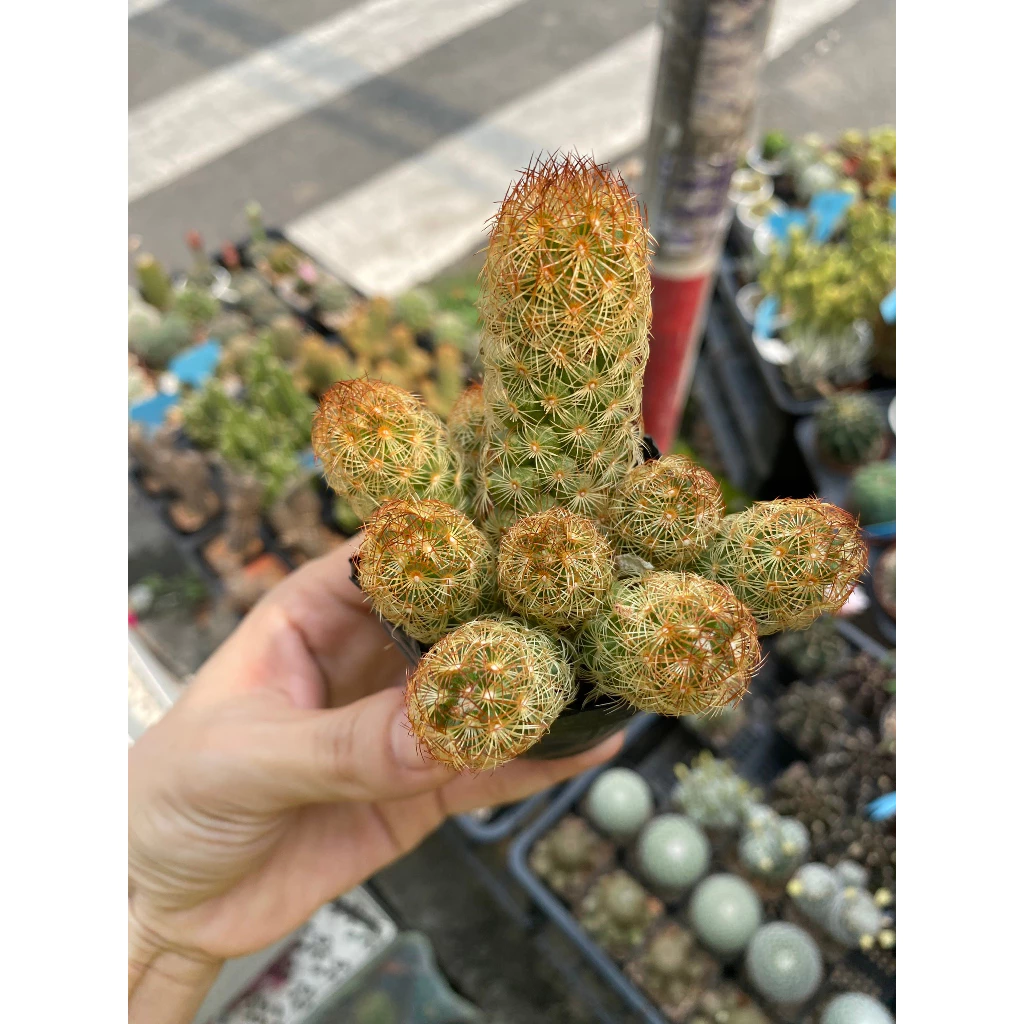Uncategorized
Instructions on how to plant and care for jade succulents
The Jade Sedum is a succulent with small pink or white flowers. It is native to South Africa and Mozambique, and is one of the most popular succulents worldwide. It is a slow-growing, multi-branched shrub growing up to 90cm tall, with large stems bearing ovate leaves up to 2.5cm long, jade green, edged with red. Newer leaves may be redder. The flowers are star-shaped, white, usually borne in clusters at the top, and bloom from late autumn to winter.
Scientific name
Crassula ovata ‘Crosbys Compact’
Common name
Jade sedum, jade sedum, jade plant
Scientific classification
- Family: Crassulaceae
- Genus: Crassula
GENERAL INTRODUCTION OF JADE SUCCULENT
The jade succulent has a bonsai-like shape with a large trunk and spreading branches. The leaves are oval, dark green, glossy, and may have a red border. The plant can produce white or pink flowers under suitable conditions when the plant is mature.
The jade succulent needs a lot of light to grow well, and needs ventilation to avoid sunburn on hot days and high humidity on rainy days. Do not move the plant suddenly from a shady place to a sunny place, but let the plant adapt slowly to avoid damaging the leaves. Even if the leaves are burned, they will fall off and be replaced, so you do not need to worry too much.
According to feng shui, the jade succulent is considered a lucky charm in Asian countries, which can bring fortune to the owner. This beautiful succulent has emerald green leaves that symbolize growth and renewal, a symbol of wealth and prosperity. This is a very meaningful gift, place the jade lotus near the entrance of the office, shop or in the southeast direction to bring prosperity and success.
This is also a succulent that retains water in its leaves well, quite similar to cacti. The plant is extremely resistant and only needs two conditions to grow well: water and light. They can be grown indoors or outdoors, but the outdoor conditions must be suitable (enough heat and light).
The most common problem when caring for the plant is waterlogging due to overwatering, and the place where the plant is placed is too dark such as the kitchen cabinet, bedroom. You should remember that the jade lotus grows on dry hills under the scorching sun of South Africa. There is little rain plus warm weather in the winter months. Therefore, jade often blooms in winter, similar to the Northern Hemisphere. The flowers have a faint scent like fragrant soap.
HOW TO GROW AND CARE FOR JADE SUCCULENTS
Jade succulents are easy to grow in pots and do best in bright light but will do fine indoors. They need well-drained soil with a neutral pH. Water regularly from spring to fall, only when the soil is dry. During the winter months, water just enough to keep the leaves from shrinking. The most common cause of death is overwatering.
Temperature
Jade succulents are best grown outdoors in the summer, when the leaves will be in full colour. But remember to bring them indoors if there is frost. They will stop growing at temperatures above 90 degrees Fahrenheit. They can tolerate colder conditions above freezing if the soil is kept dry, but cannot tolerate frost. Low evening temperatures can induce flowering.
Watering
It is best to water thoroughly and then let the soil dry out completely before watering again. The plant is lacking water if the lower leaves are soft and may wrinkle. When watered, the leaves will plump up again, which is a sign that the roots are working well. The soil should not be kept moist all the time. You can water by reverse osmosis by placing the pot in a bowl of water, but never let the plant soak in water for several hours. Pour off the excess water when the soil is saturated.
It is normal for some leaves to fall off, especially when the weather is hot or the plant has not been watered for a long time. If the leaves are wrinkled and fall off a lot even when watered adequately, it means the plant is not absorbing water. Do not assume that the plant needs more water if you water it frequently. If the roots are not absorbing water, adding more water will only make the soil wetter and cause more problems. Check the roots at this time, and if necessary, remove the plant from the pot. This will not harm the plant if done carefully.
Check the roots for signs of pests such as mealybugs. Look for root rot and soft rot near the base, which occurs when moisture prevents effective water absorption. If the base of the base is soft, remove the plant from the pot and allow it to dry before assessing the condition of the base.
In an emergency, the plant can be saved by leaving the healthy portion intact and cutting off the soft or rotten portion. Allow the cut to dry for a few weeks before placing the plant in a dry, well-draining mix. Water sparingly until new roots emerge.
It is not necessary to spray the leaves, as high humidity can encourage mold and other parasitic fungi. Spraying can also remove the beautiful powdery coating on the leaves of some varieties. However, an occasional rain shower on a mild day can wash away dust and freshen the leaves.
Soil and fertilizer
Jade succulents need to have their soil changed 1-2 years after planting. Changing the soil regularly and changing to a larger pot will help the plant grow well. The soil mixture is not too important, you can use regular indoor plant soil. However, a well-drained soil mixture will help the plant avoid waterlogging.
To maintain the size of the plant, care for it like a bonsai. Prune the roots when repotting and prune the branches to give it a nice shape. This will help the trunk grow larger. Prune to the top where the old leaves have grown. New leaves will grow from these parts. Do not hesitate to prune. If the plant has a well-developed root system, you can cut off the weak growth until the leaves are gone. New leaves will grow from the cut after a few weeks.
However, this pruning should not be done regularly. Fertilizing at a rate of 1/4 of the dose every time you water the plant is recommended during the growing period. A low-nitrogen fertilizer will help prevent the plant from growing too long.
Common pests and diseases
To limit pests and diseases for jade succulents, you need to regularly remove and remove old, wilted leaves. Check leaves with a magnifying glass because some pests such as red spider mites cannot be seen with the naked eye. Do not mistake normal white or red spots on leaves for pests. Some plants have a natural powdery coating on their leaves that can easily be mistaken for red spider webs. White cotton balls on the roots usually mean the plant is infected with mealybugs.
Breeding
Jade can be propagated by leaves. Place the leaves against the edge of the pot so that the stem is in contact with the soil. Do not water until the leaves have rooted and the plantlet has grown. Jade can also be propagated more quickly by stem division.

